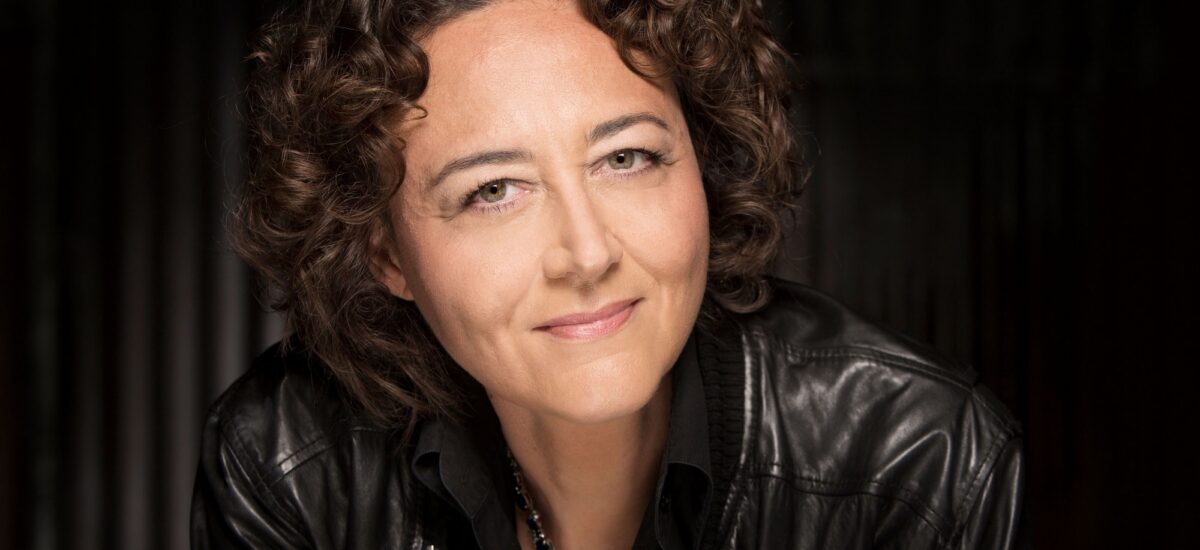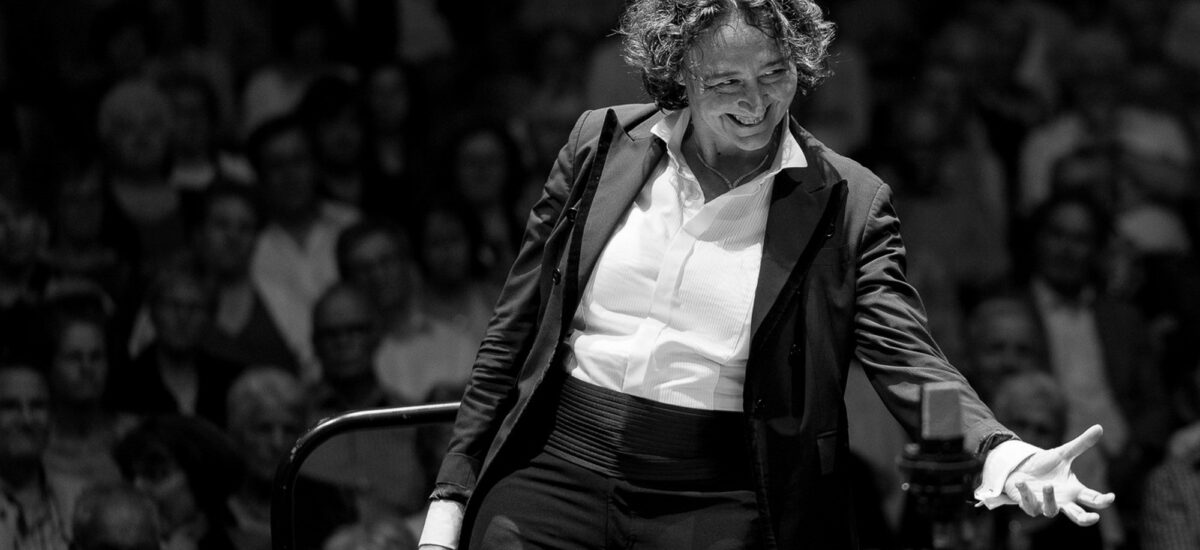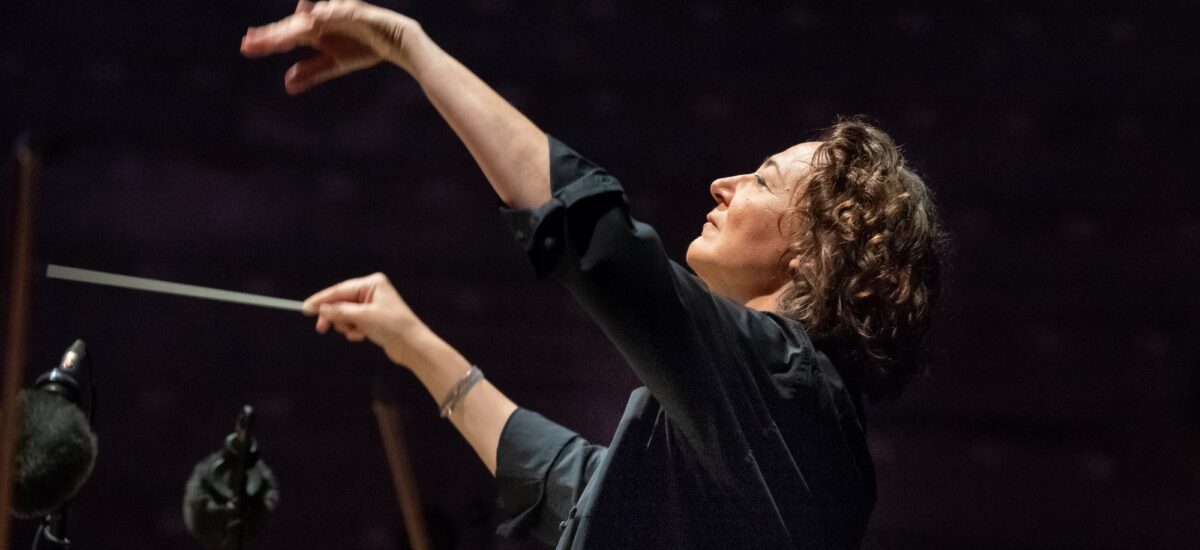TRANSCRIPT
Scofield: One of the very special things about you, apart from your remarkable contralto voice, is the fact that you are not only a singer, but also a conductor and a singer who frequently conducts and sings at the same time. Now in Baroque operas, we’ll sometimes see a conductor playing the harpsichord while conducting, but I expect that singing while conducting is even much, much harder. How do you do it?
Stutzmann: For sure, it’s a big challenge. But I love challenges. First of all, it actually came from a dream of combining my two passions for singing and conducting. And most of all it was just the frustration of having only one line to sing, as a singer. So I couldn’t really express myself musically from the old architecture of the music, and for me, it’s very important to feel my voice. It’s just an instrument that I use to make music, and when I combine both singing and conducting, I feel like an instrument in the middle of the instruments. Of course, when I had this dream and I expressed it, many people said it’s impossible, you cannot do this, and when I hear this, I’m even more excited to prove that it’s possible. Because everything is possible when you dream it. I just started and I tried, and people just loved it.
Of course physically and mentally, it’s a big challenge. It’s very tiring, not only the performance, but the rehearsal process. You have to rehearse the orchestra first, like a conductor works, so you have to talk and explain, and conduct, and sweat, and show what you want. Once this is done, you can start to sing with the musicians, and then to combine the two and all of that has to be smooth and look like the most natural easy thing in the world. So it’s interesting and exciting, and I try to use the two parts of my brain, one for conducting, one for singing. Fortunately, it’s separated in two!
Read more about Nathalie Stutzmann on their OFFICIAL WEBSITE.




